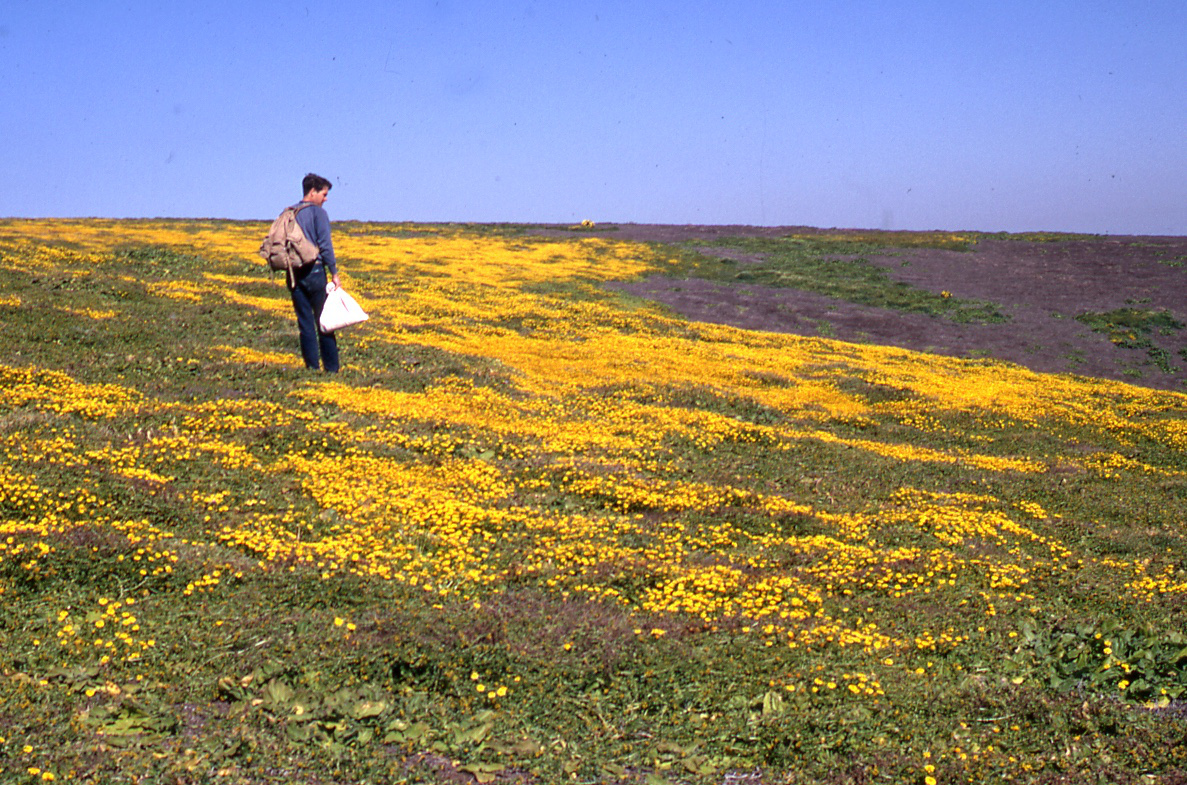
With the death of Ralph Nowell Philbrick on July 10, 2017, the Santa Barbara Botanic Garden lost one of its former leaders, our local native plants and their habitats lost a champion and protector, and Santa Barbara’s environmental community lost a longtime friend and supporter.
Ralph was a professional botanist who specialized in the plant life of the California and Baja California islands. With his keen interest and a collaborative skill, Ralph expanded our knowledge of the plants that inhabit these special places. After earning a PhD from Cornell in 1963, he taught at UCSB and then became a taxonomist at the Santa Barbara Botanic Garden in 1964. He became the garden’s director in 1974.
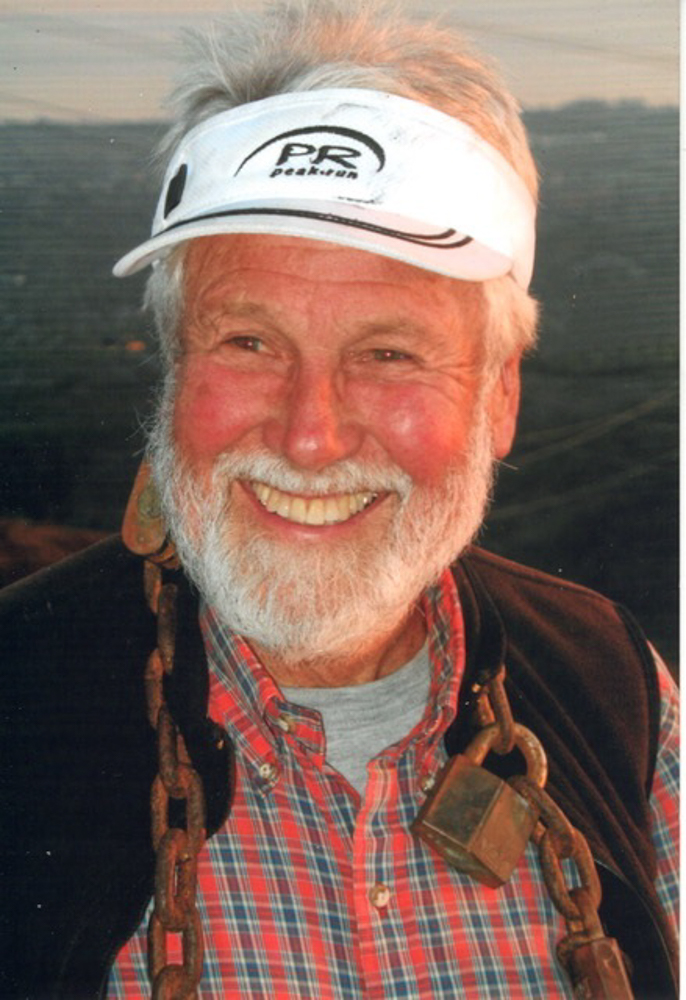
At the garden, Ralph organized the first symposium on the biology of the California islands in 1965, a meeting where professionals from around the country shared the results of their research with the public and with each other. Ralph went on to edit a volume on the proceedings that resulted from that initial meeting. He was involved in many of the subsequent meetings, including the 9th California Islands Symposium, the latest in this series, held in Ventura in October 2016. The symposia live on, the next set for 2020.
The Botanic Garden had documented the plant life of the Channel Islands since the late 1950s. Ralph expanded those efforts, completing in 1972 an annotated list of the plants found on Santa Barbara Island, one of the most remote of our Channel Islands. His study documented changes in the island’s vegetation that had occurred over time and provided a baseline for future studies of long-term change. The endemic Santa Barbara Island chicory that is only found there (Malacothrix foliosa subsp. philbrickii) was named in his honor.
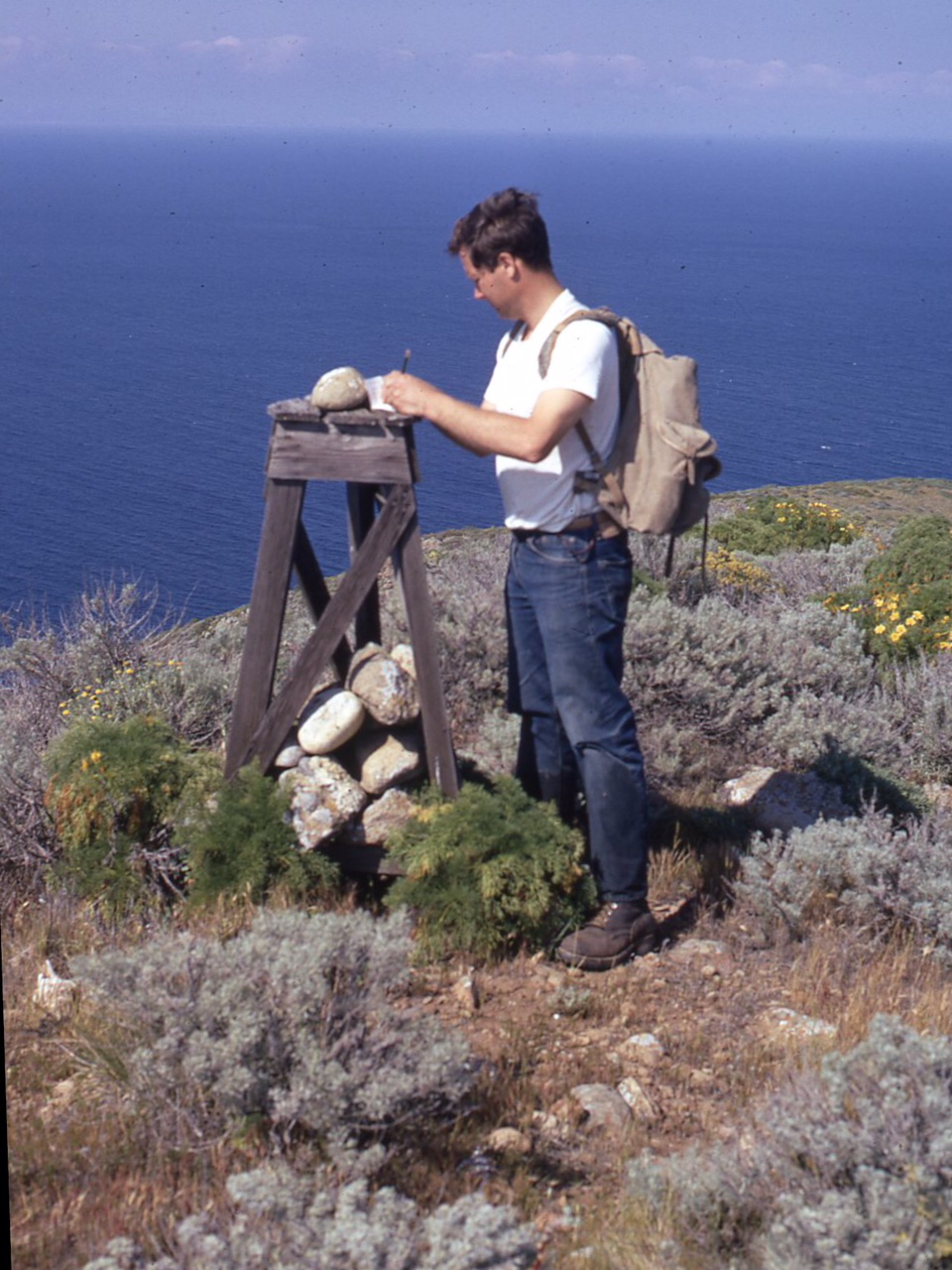
As director, Ralph guided the Botanic Garden through some lean financial years. Despite the struggle, he did his best to provide a living wage for every employee. He cared deeply about each of his staff members, inspired them to do their best work, and tried to help them reach their personal and professional goals. In turn, Ralph was held in high esteem by everyone who worked with him. Through the years, Ralph oversaw the expansion of the plant breeding program, plant nursery, garden shop, library, and herbarium.
In addition to his administrative duties on-site, he collaborated with UCSB’s Dr. Robert Haller to publish descriptions of the plant communities found on the Channel Islands in 1977. Two of the islands had been named a national monument by President Franklin D. Roosevelt in 1938, and the underwater areas around them were added in 1949. Ralph committed his staff to a multidisciplinary study — with the Santa Barbara Museum of Natural History and the National Park Service — of the natural resources of the two islands, Anacapa and Santa Barbara, as well as San Miguel, in 1978. The resulting study, completed in 1979, contributed information that was used to establish the Channel Islands National Park in 1980.
Ralph next committed garden staff to map rare plants on Santa Cruz Island for The Nature Conservancy. This was the first of a series of botanical consulting contracts awarded to the Botanic Garden, which became an important source of income while simultaneously furthering the garden’s studies of California’s native plants. Ralph’s paper on the evolution and distribution of plants restricted to these California islands became a landmark publication in 1980; it also described a new subspecies of the island tree mallow (Lavatera assurgentiflora subsp. glabra).
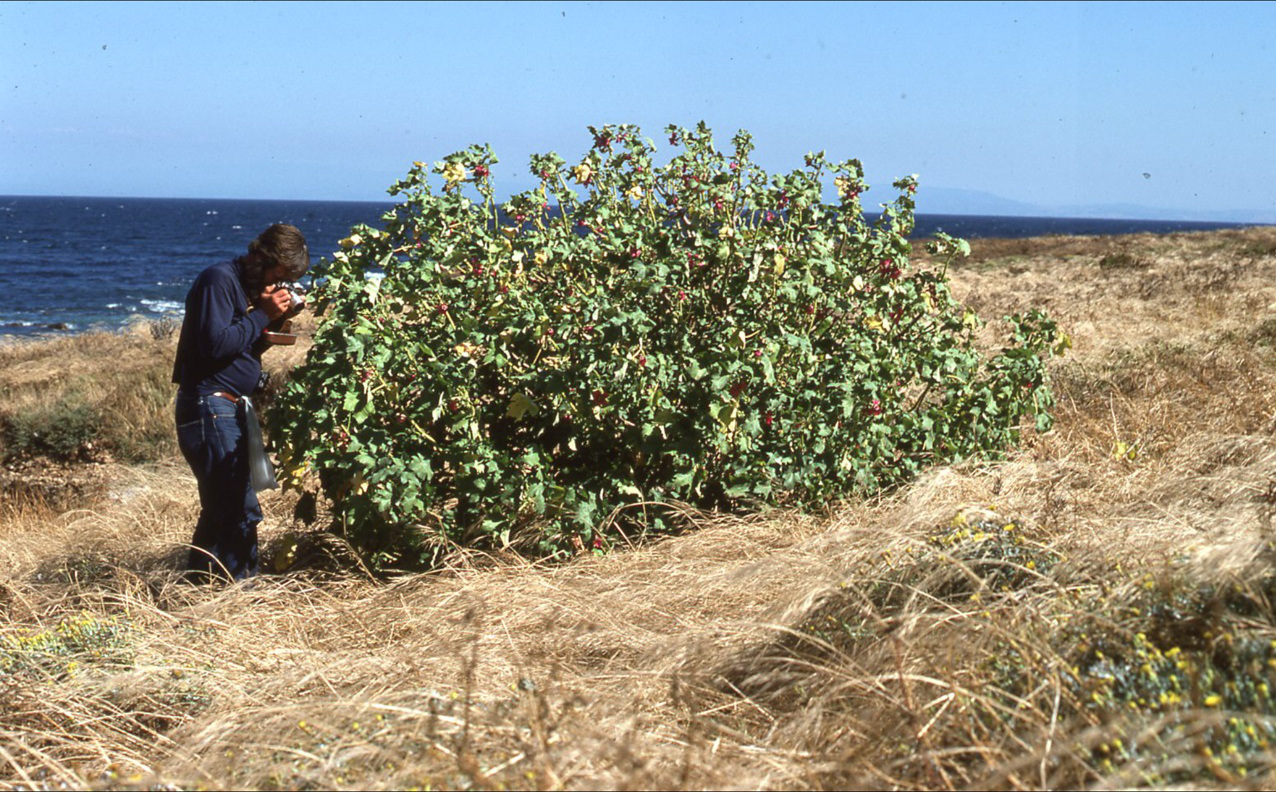
When he was on the islands, Ralph was always looking for unique, drought-resistant forms that could be useful in home gardens. He planted many of them in the Island Section at the Botanic Garden and expanded the species being displayed, including rare species that were struggling in the wild. His discoveries included Artemisia californica Canyon Gray and Leymus condensatus Canyon Prince, two popular selections that were introduced into the nursery trade by the Botanic Garden.
Answering a call for an increased awareness of the natural world amid Santa Barbara County’s growth and development, Ralph served on the Goleta Valley General Plan Advisory Committee from 1972 to 1980. In 1981, he was nominated to the County Planning Commission. Environmental protections grew under his five-year watch, and Ralph helped the county develop its native habitat restoration policies.
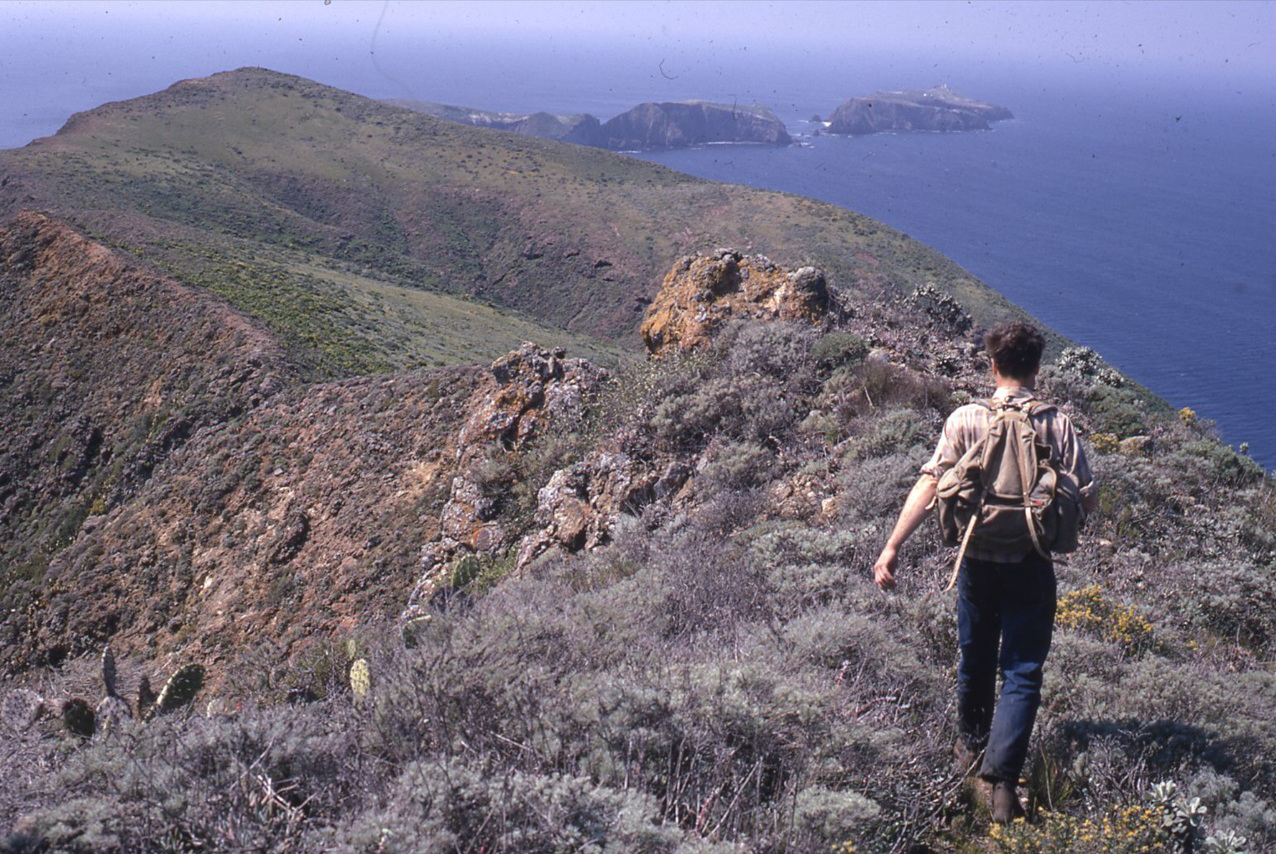
Ralph became legendary for setting out why he would vote for or against a project, staffers recalled, at times specifying the paint company for the color he might condition on a project. His favorite was “backpack brown.” On the Planning Commission, Ralph’s nickname came to be “Dr. No,” said former 3rd District supervisor Bill Wallace, because more than half of his voting record was against development.
After leaving the Botanic Garden in 1987, Ralph continued his botanical research along the Baja and Alta California coasts. His name can be found on plant checklists completed for Santa Barbara Island in 1993, Todos Santos and San Martin islands of Baja California in 1994, and San Benito and Natividad islands of Baja California in 2002. Just before he died, he finalized an annotated checklist of the flowering plants and ferns of Anacapa Island.
In both his professional and personal life, Ralph will be remembered as a man who, every day, did his absolute best to make the world a healthier, more peaceful, and more beautiful place. He inspired all who knew him.
